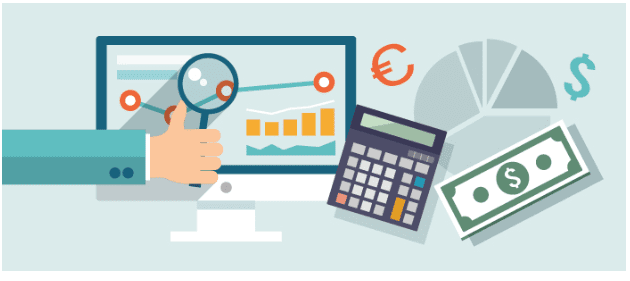When you are selling products online using an e-commerce system or solution such as Shopify or PrestaShop, it is vital that your website can easily be found by potential customers—this means that you must appear within the top Google search results for queries related to what you are selling.
If you can’t reach your audience, you aren’t going to sell anything.
Luckily, by improving e-commerce SEO, it is possible to boost your website’s rankings and appear highly in relevant search results. The higher you rank, the more visible you are and the more traffic you get. Ultimately, this leads to more sales.
5 Tips for Improving E-Commerce SEO
Here’s how you can have a go at improving e-commerce SEO on your website.
1. Don’t duplicate or copy content
The saying goes that “content is king” and, on the internet, that’s very true. Duplicate content, particularly when it’s done often and the issue is widespread, can kill any website’s ability to rank highly in Google search results—Google’s algorithms are very clever and if you are copying content or using duplicate content, you will be caught and penalized.
One way it’s easy to duplicate content is by re-using the same product descriptions over and over or making all product descriptions similar.
Even duplicating your own content can cause problems for your site’s ability to rank so make sure all your product descriptions are unique.
2. Optimize your URLs
URLs are more important than you think they are and the more they make sense, the better your pages will rank. Optimized URLs help Google’s bots to crawl your website, find out what it’s about, and index your pages. If Google can immediately make sense of what is on your site’s pages, you will rank higher—it’s simple.
Additionally, sensical URLs tell your potential visitors what your pages are about, and they improve the chance of people clicking through.
3. Make sure your website is usable
Your site needs to look good, function seamlessly, and be easy to navigate. One of the biggest mistakes you can make is creating a site that is hard to use—nothing puts visitors off more quickly than that.
You should offer a clear navigation path that can be accessed from anywhere on your site. Additionally, you can make your site all the more usable by linking to key products from your homepage and having landing pages for your most popular products.
4. Keep your site running fast and efficiently
Since July 2018, Google has used website speed (including page loading speed) as a key ranking factor for mobile search results. Improving e-commerce SEO is something that now cannot be achieved without paying attention to speed a sit is a factor that has a significant impact on end-user experience and thus your rankings.
Given that statistics have shown that increasing your mobile site’s speed by a mere second can increase your page views by 9.4% and your conversion rate by 3.5%, it is something that requires close care and attention.
5. Make sure that unused and discontinued pages are de-indexed
When you have products that are either sold out or are no longer sold at all, you should make sure that you de-index them—don’t simply replace them with a “404” error page as this can confuse Google’s crawlers by sending them to dead ends or endlessly redirecting them, this doesn’t help towards improving e-commerce SEO.
Have a process in place that can be used to remove your old pages quickly from the Google search index. Even better, set it up so that the page is de-indexed and people who visit the page are sent to your site’s main page, landing page, or other product categories.
Improving E-Commerce SEO is Easy
And it is something you need to do to make sure you are achieving the traffic and conversions you are capable of. While SEO sounds complicated and confuses many people, when you do your research and know the key things you should be looking for and doing, you help yourself and your site massively.
Without good SEO, your website will simply fail to rank highly in Google and you will lose customers to your competitors’ websites.











